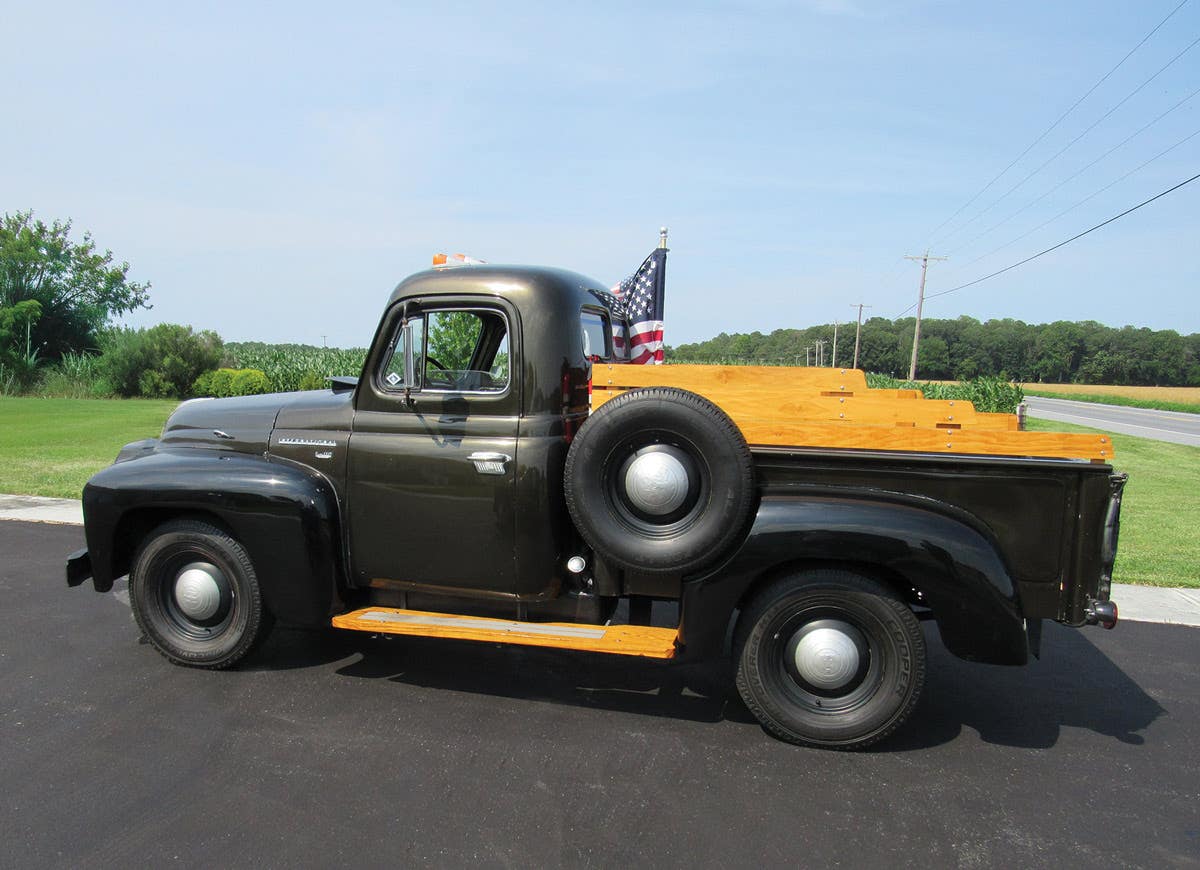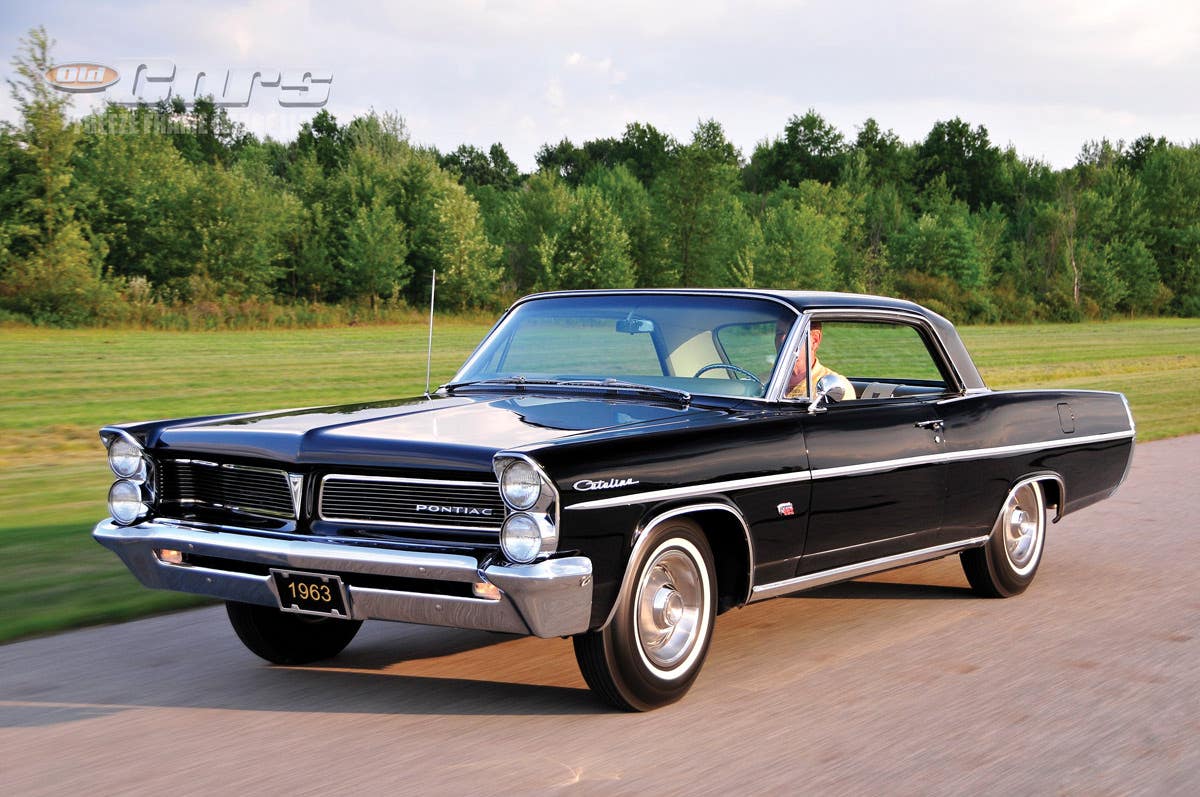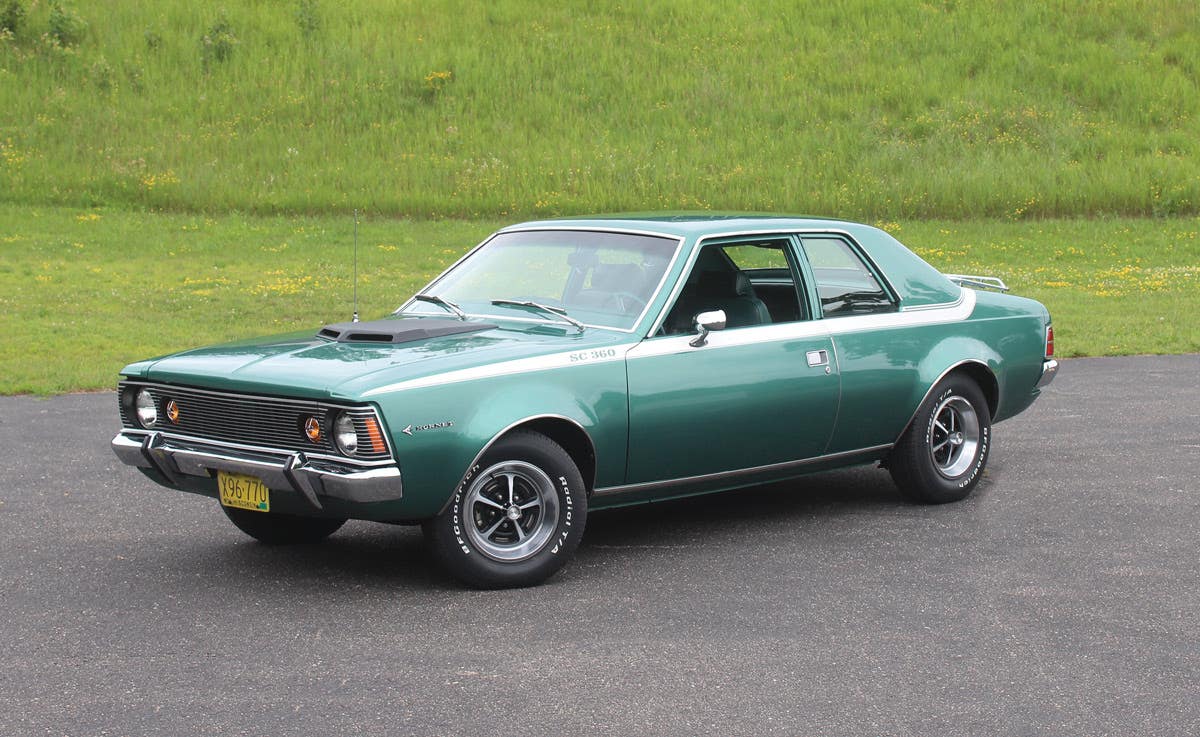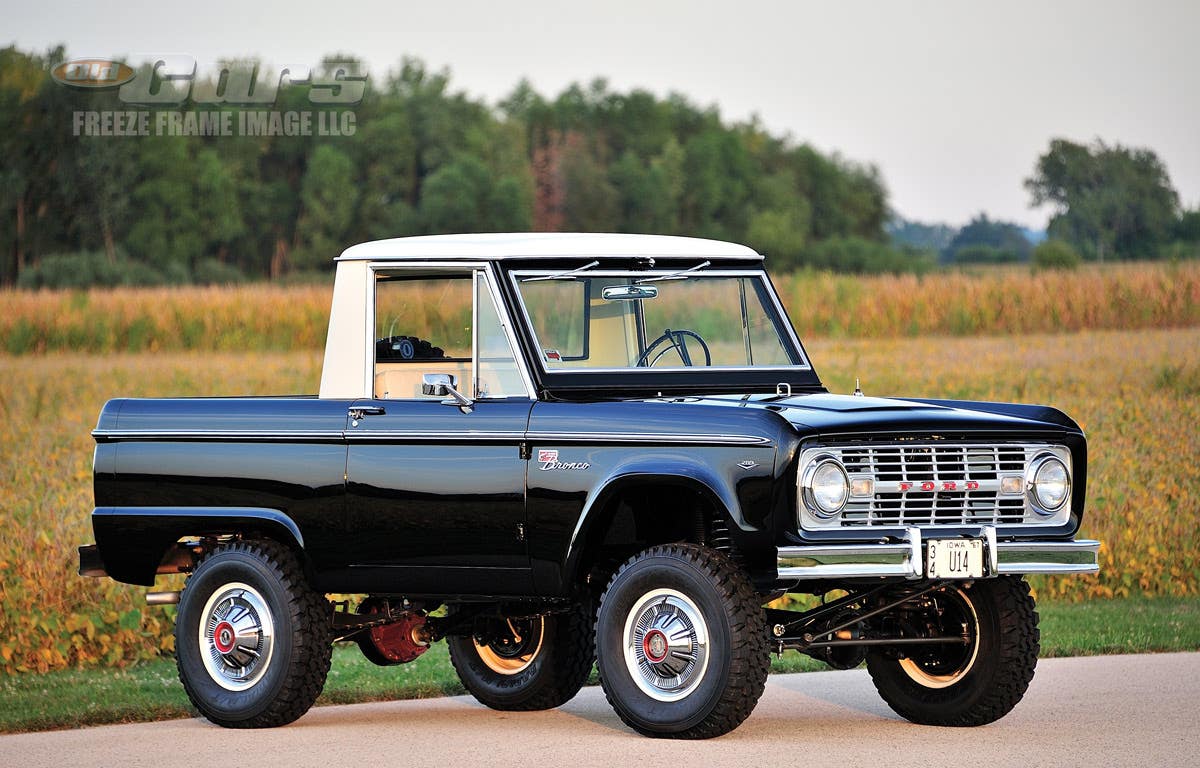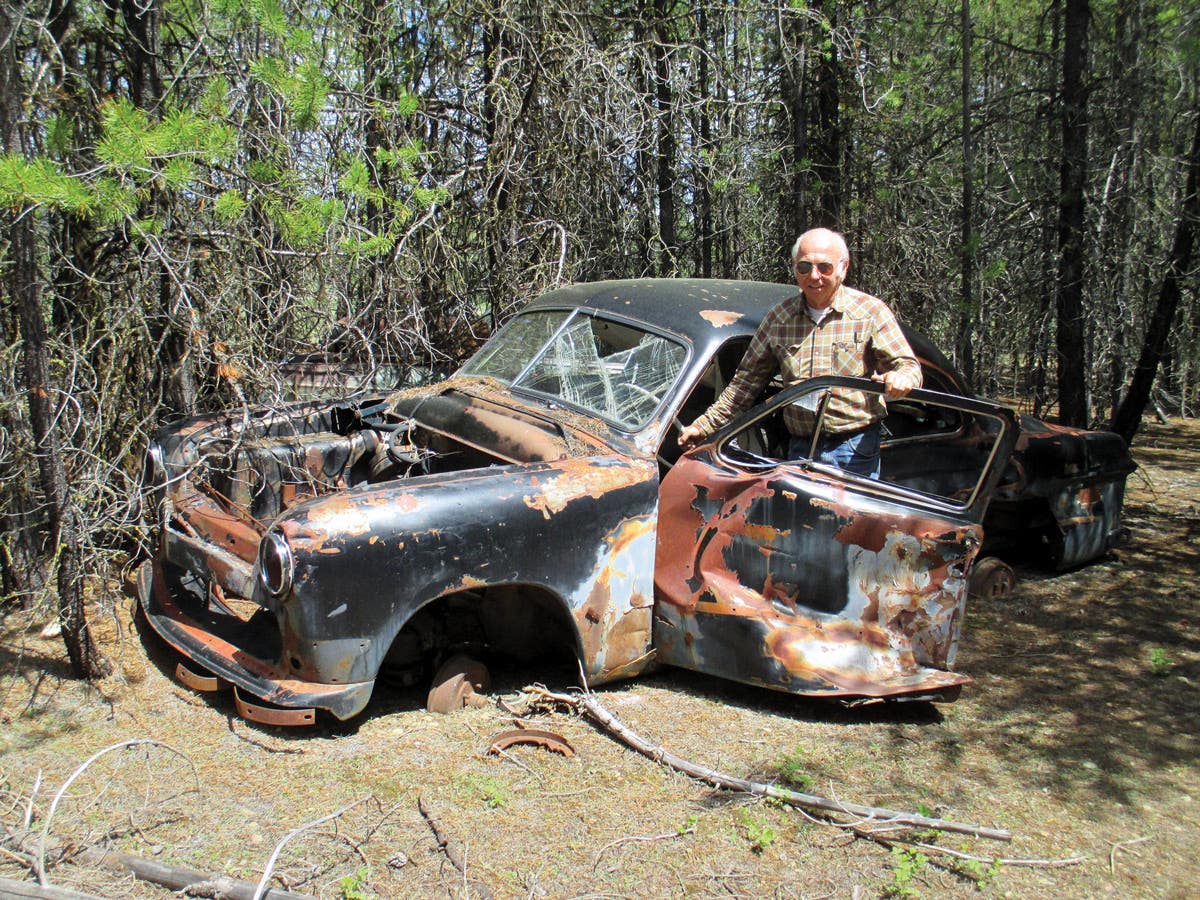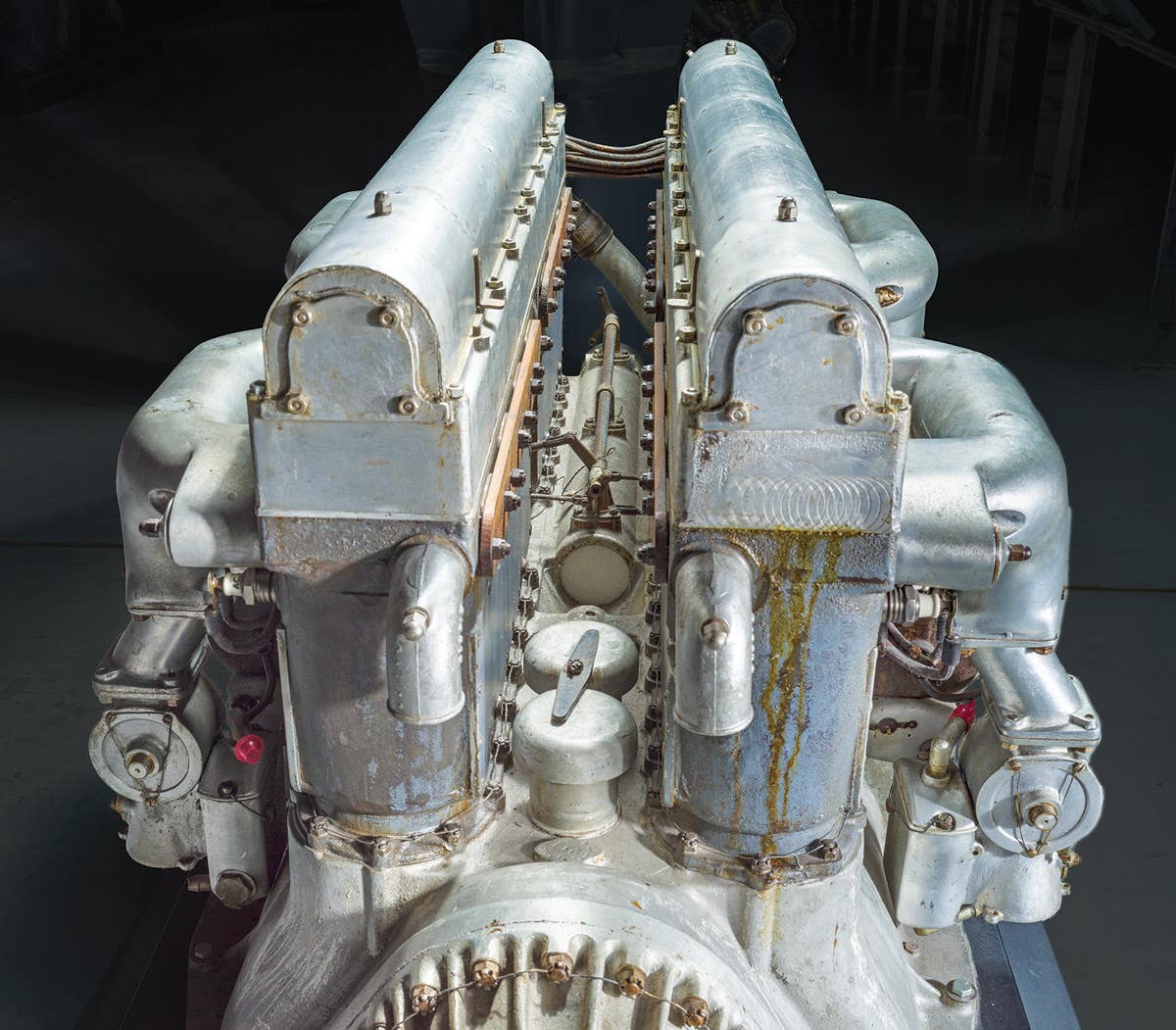Merger Mania: Maxwell-Chalmers & Dodge Brothers
Maxwell-Chalmers & Dodge Brothers after World War I
This marks the first installment in an ongoing series highlighting historic mergers in the automotive industry by Gerald Perschbacher.
In the 1920s, there was a shift in climate when corporate ill-winds blew in the American auto industry. The turbulence of financial swings, stock dips and rises, plus a questionable over-extension of credit buying, all combined into a tornado that delivered a catastrophic start and conclusion to the maelstrom of the Roaring Twenties. While worldwide in scope, this was especially felt in the burgeoning promises of automotive industrialization in the United States where the storm’s intensity brought an era of merger mania, the likes of which were seldom witnessed before or after.
The rise of the Chrysler Corp. was a litmus test of that storm.
Walter P. Chrysler, a miracle man in the early advance of Buick, was a former locomotive mechanic on the rise with limitless ambition and sound judgment. From 1910 to 1919, he advanced from being a manager to boldly stand as president of Buick and a vice president of General Motors. His stormy encounters with William C. Durant, GM founder and president, increased in intensity until each could no longer tolerate the other. Chrysler quit. But automobiles ran in his blood and energized Chrysler’s drive. A blink later he was back at a wheel of the faltering Willys company, which had built its success on the likes of Overland and Knight models, both coupled with the monicker “Willys.” Building wealth was one thing for Mr. Chrysler. Feeding his mania for success with automobiles was his passion, his very life.
Chrysler shifted to Maxwell-Chalmers, an already-merged operation riding rough waters after the financial vortex of the sudden conclusion of World War I threatened the stability of American business. Chrysler led Maxwell-Chalmers from the very precipice of doom and saw in it the germ of life for the corporation to bear his name. By 1924, Chrysler was president of Maxwell-Chalmers; in 1925, the Chrysler Corp. was formed.
Merger mania is difficult to cure. Mr. Chrysler knew its glories and dangers as he recalled Mr. Durant wheel and deal in ways that proved good and ill for GM. Taking the best of that experience forward, Chrysler shrewdly aimed for best results. His impetus did not prove wrong. When he saw the Dodge Brothers’ operation trip and tumble following the death of its founders and by several ill-advised management techniques of others, twice he tried to take over the company. He succeeded in 1928. Then, what?
Promoted nationwide for 11 years in lackluster billboards pushing “A Good Name, Dependable, Dollar for Dollar, Long Life, World-Wide Good Will,” and “Better Than Ever,” by October 1928 the nature of Dodge changed with the merger. The revamped and enhanced Dodge Brothers New Senior Six was promoted in fancy ad campaigns in national magazines. Pictures of the car with professional female models and creative usage of light and shadows made the car look positively dreamy.
Why the shift in thinking? Climbing from strength to strength, Mr. Chrysler built on the Dodge car’s reliability, its affordable price, its distribution system, its strong aptitude toward providing servicing and repairs. He inclined to maintain those attributes while notching them higher. Wise as he was, he believed a classier model was in the offing since first-car buyers of Dodges were gaining in status and income. When time bode for them to buy anew, a better Dodge should be their prize.
So it was that ads were aimed at all potential buyers, women included, since their status at the wheel of a new car was mightily rising. “The rakish and sparkling beauty of Dodge Brothers new Senior Six is an inspiration — and an innovation as well!” said a major ad in the October 1928 issue of House & Garden magazine. “Study its refreshing originality of design and coloring. Its big, luxurious interiors. Its wide, richly upholstered seats, exquisite appointments, and complete quality equipment.” Six “distinguished body types” ranged in price from $1575 to $1845, f.o.b. Detroit.” This was a giant step ahead when considering the models of 1923 priced as low as $880. While it seemed Dodge had always been modestly above the lowest-priced cars, it was now entrenched in the medium-price range and even into the upper reaches of that. Thank Mr. Chrysler and his management team for the boost.
In the December 1928 issue of The House Beautiful, the ambiance was notched higher. “Bigger and Faster and Finer Than Ever,” ran the banner. Text followed: “All that was best in the past — all that the present approves — find brilliant expression in Dodge Brothers New Senior Six.” Don’t bother with details of horsepower, engine displacement and wheelbase length. Those factors paled against the image of the new Dodge Senior Six. “New Senior appointments are regal. There is a wide range of vivid and modish colors. A varied selection is also offered in the upholstery — every weave and pattern admirable for its tasteful harmony and rich good looks. And you recognize in every curve and sweep of Senior coachwork, a new and vivid expression of smart car style.”
When merger mania swept the Dodge name to the Chrysler camp, it was a benefit for both.
*As an Amazon Associate, Old Cars earns from qualifying purchases.



